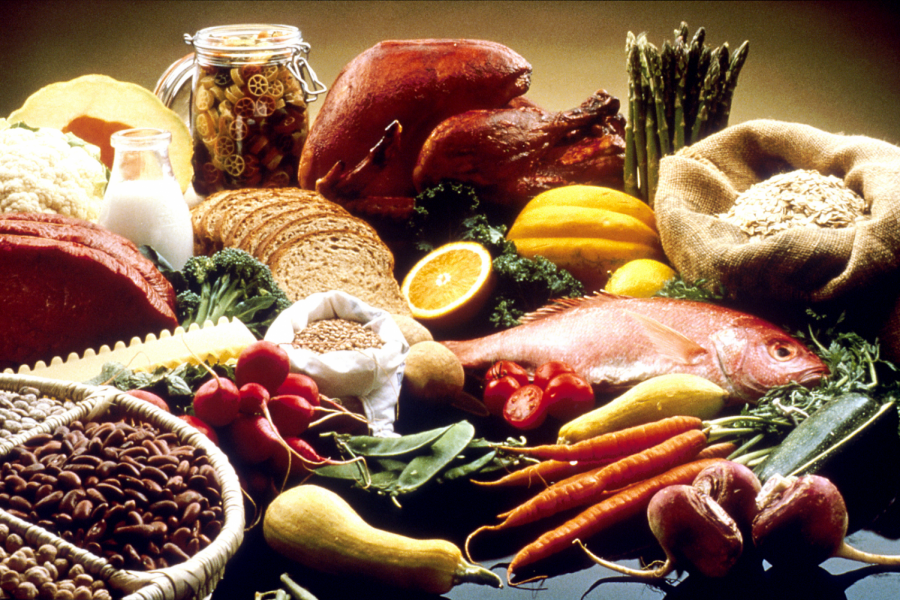The Science Behind Cooking
For many people, cooking is an everyday activity that goes without thought, however, with a deeper look into the subject, many will learn that cooking is also an exact chemistry.
Cooking is much more scientific than you might realize.
March 17, 2021
Molecular Gastronomy
Cooking is impossible without chemistry, because cooking is chemistry. Things like blending, mixing, and more are food sciences, or molecular gastronomy. Molecular gastronomy is the study of the chemical and physical changes that happen during cooking. According to
ThoughCo, some examples of chemical changes are simple, like heating. Examples of physical change are also simple, such as boiling water or freezing.
The Maillard Reaction
There are different reactions in cooking, one of the most common being the Maillard reaction. According to Jessica Gavin, a culinary scientist, “the Maillard reaction is a form of non-enzymatic browning that occurs in foods when proteins and/or amino acids chemically react with carbohydrates of reducing sugars.”
Molecular Gastronomy Chefs
Food science does not have to be simple or traditional. Many chefs use food science to make incredible dishes. One of them is Grant Achatz. His restaurant, Alinea, became famous because of it’s edible helium balloons.There are many molecular gastronomy chefs such as Ferran Adrià, Pierre Gagnaire and many more.
Looking deeper into cooking, we can learn that it is in fact a form of chemistry, as well as an art. Science and the creations involving it are endless, as well as the possibilities of unique dishes and the incredible foods we can craft by understanding it (Related: Get more in depth with the science of sugar).









